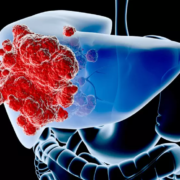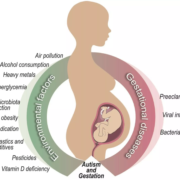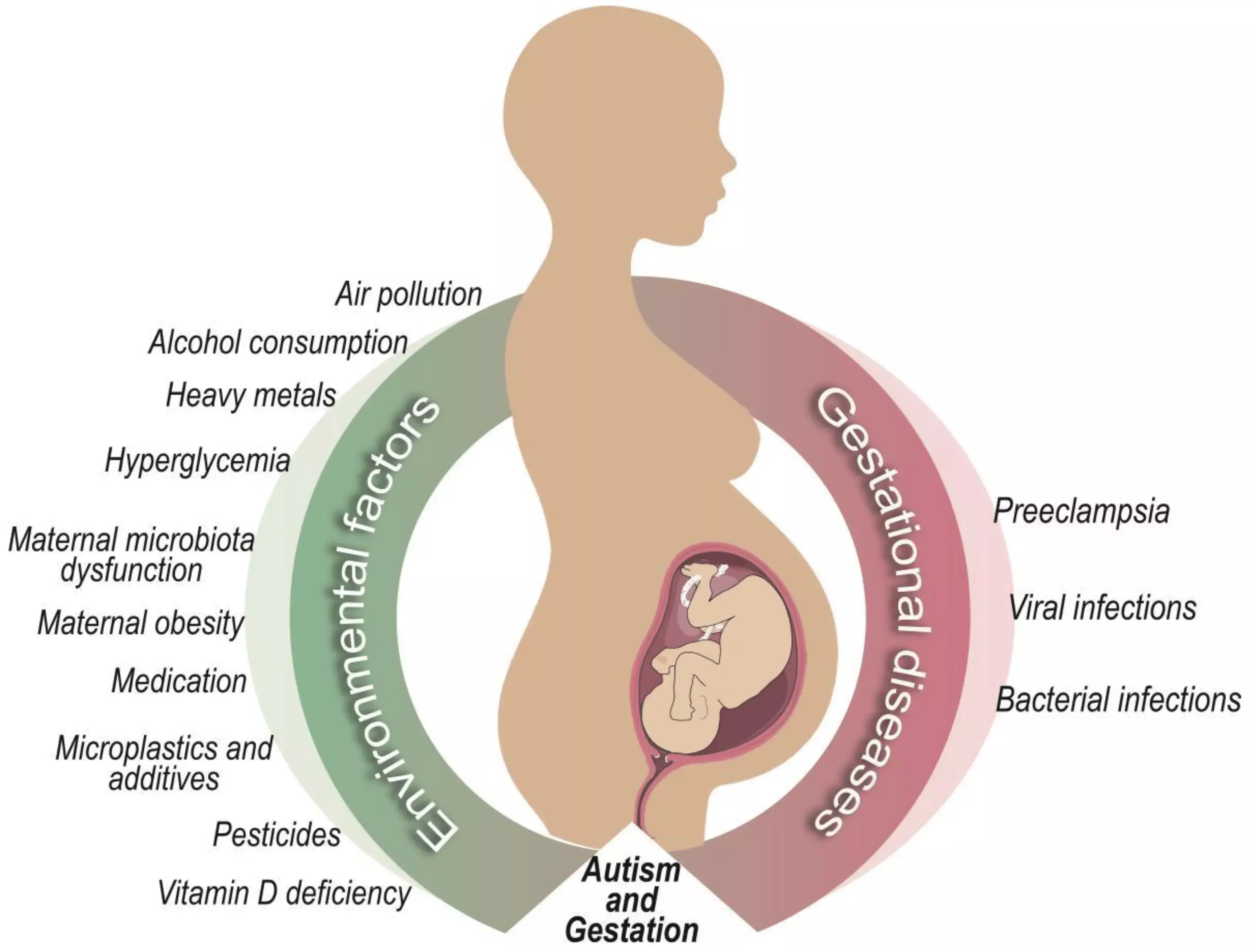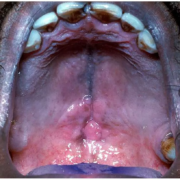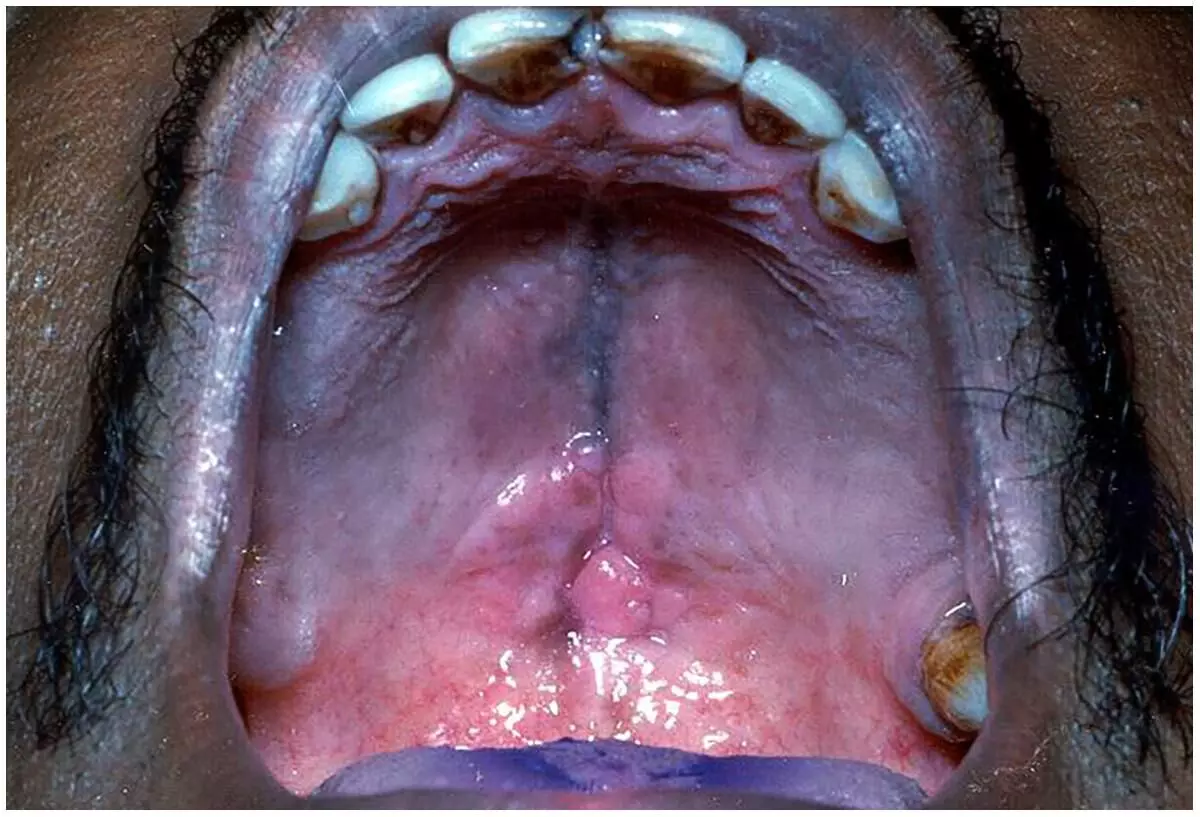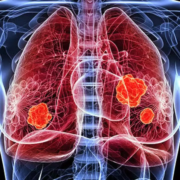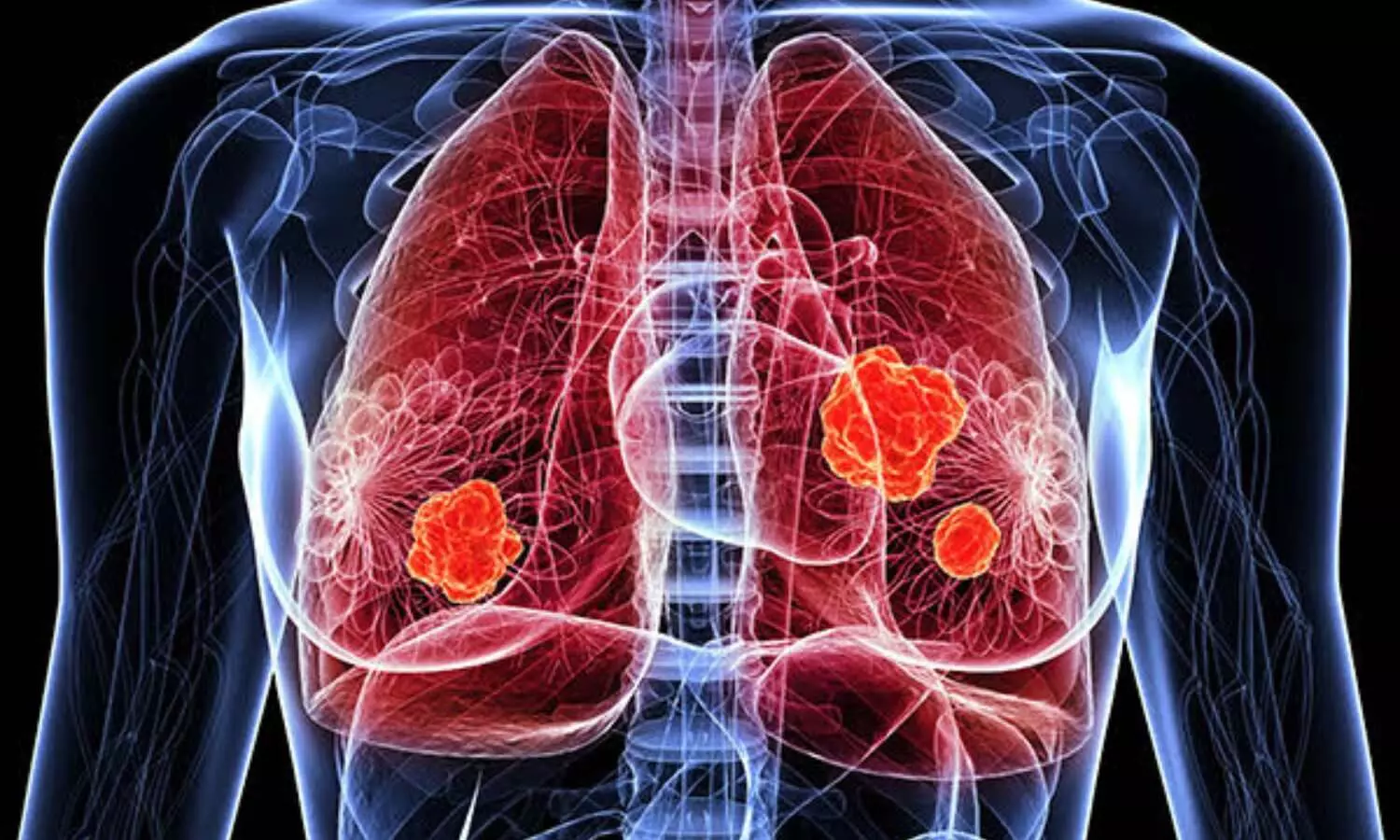Liver Resection Improves Survival in Patients with Early Multinodular HCC
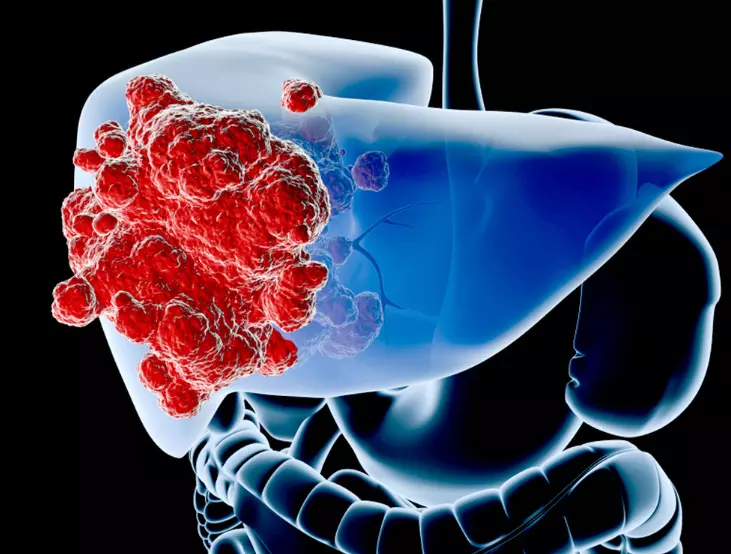
A recent study published has cast doubt on the 2022 Barcelona Clinic Liver Cancer (BCLC) algorithm that currently advises against liver resection (LR) for patients with multinodular hepatocellular carcinoma (HCC) presenting with 2 or 3 nodules, each 3 cm or smaller. This research published in the Journal of American Medical Association suggests that liver resection should actually be considered a primary treatment option for these patients with improved survival rates when compared to other therapies.
The study compared the effectiveness of liver resection, percutaneous radiofrequency ablation (PRFA) and transarterial chemoembolization (TACE) in treating early multinodular HCC. This retrospective analysis utilized data from the HE.RC.O.LE.S register which included a total of 5,331 patients who underwent LR and the ITA.LI.CA database which encompassed a total of 7,056 patients treated with PRFA or TACE.
A matching-adjusted indirect comparison (MAIC) method was employed to balance the data and account for potential confounding factors among the three treatment groups. The analysis covered patient data from multiple centers which spanned between 2008 to 2020, with data analysis performed from January to December 2023.
The study analyzed a group of 720 patients with early multinodular HCC, of whom 543 were male (75.4%) and 177 female (24.6%) with 350 individuals older than 70 years (48.6%). Among these patients, 296 patients received LR, 240 underwent PRFA and 184 were treated with TACE.
After applying the MAIC method, LR demonstrated superior survival rates at 1, 3, and 5 years—89.11%, 70.98% and 56.44%, respectively. Also, PRFA showed survival rates of 94.01% at 1 year, 65.20% at 3 years and 39.93% at 5 years. TACE expressed 1-year, 3-year and 5-year survival rates of 90.88%, 48.95% and 29.24%, respectively.
The multivariable Cox survival analysis in the weighted population revealed a significant survival advantage for LR over PRFA and TACE. Also, the hazard ratio (HR) for PRFA when compared to LR which was 1.41 (95% CI, 1.07-1.86; P = .01) and for TACE against the LR, the HR was 1.86 (95% CI, 1.29-2.68; P = .001). The competing risk analysis also confirmed a lower risk of cancer-related death with LR when compared to the other treatments. The findings suggest that for patients with early multinodular HCC who are not eligible for liver transplantation, should undergo liver resection as the primary treatment option. PRFA and TACE should be considered alternative treatments when LR is not feasible.
Source:
Vitale, A., Romano, P., Cillo, U., Busti, M., Nezi, G., De Carlis, R., Ratti, F., Milana, F., Donadon, M., Marinelli, L., Razionale, F., Carissimi, F., Scotti, M. A., Ciuli, C., De Peppo, V., Russolillo, N., Giuffrida, M., De Stefano, F., … Peverada, J. (2024). Liver Resection vs Nonsurgical Treatments for Patients With Early Multinodular Hepatocellular Carcinoma. In JAMA Surgery. American Medical Association (AMA). https://doi.org/10.1001/jamasurg.2024.1184
Powered by WPeMatico

